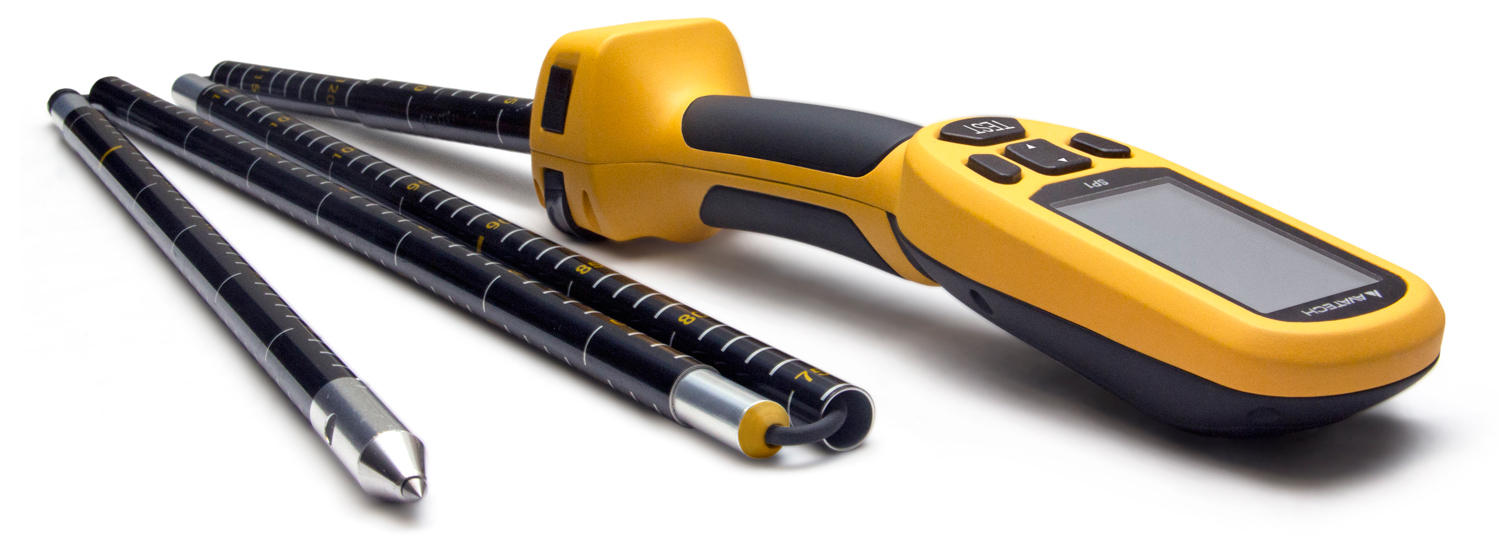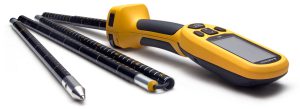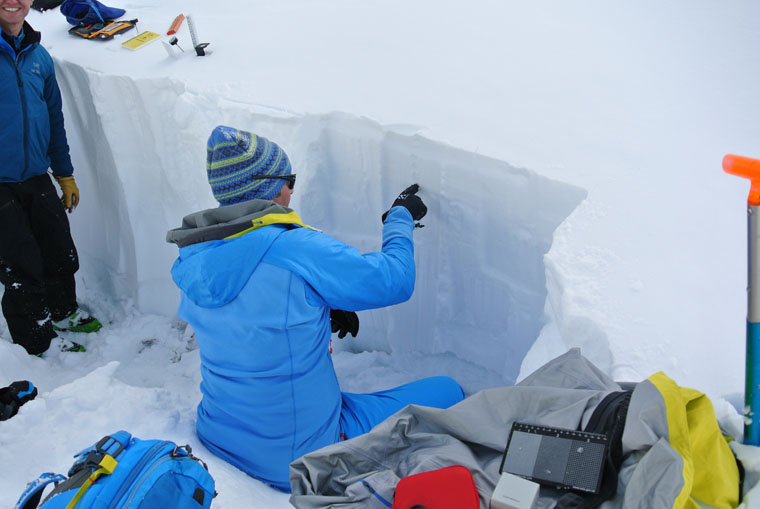Will the Ava-Tech make you safer?


 Martin Chester looks at the implications of the newest piece of snowpack testing kit for backcountry skiers
Martin Chester looks at the implications of the newest piece of snowpack testing kit for backcountry skiersYou’re bound to have seen the buzz around the new Ava-Tech snow stability testing device, but have you worked out what the fuss is all about yet? The million dollar question has to be ‘What will this do for me and my skiing?’. So let’s start with what this thing does, and move on to what this might mean for you and your chances of skiing more of the deep stuff.
It’s basically a digital version of a ram penetrometer – a stick you used to knock through the snow, with different weights to measure the hardness of the layers. Snow science nerds have about a million different ways (OK, maybe 20 or so) to poke, prod, tweak, stomp, cut, shear and generally furkle with snow to find out how many layers there are, and how well one layer is stuck to another. All of these people have their favourite methods, and all require a bit of interpretation. The result? One person’s ‘definitely will’, is another forecaster’s ‘maybe won’t’. The more subjective the test, the more varied the results.
So what? Well, avalanche forecasts are built on this data, which is all pumped in to a Hal-style super-computer. The computer then whirrs away and finds the days that have the best match to a weather forecast like this, and snow profiles like these, on any given day. If everyone is using the same test, and they are able to take 20 samples in the time it took to dig a hoofing big hole, both the volume and quality of the data is better.
So will the Ava-Tech give us better avalanche forecasting? This depends what you do with the information…

If you’re looking for some sort of diagnostic (will it or won’t it) wonder cure, think again. The danger with technology occurs when people misinterpret a data collection tool for a decision making tool. The facts speak for themselves: the majority of avalanche victims knew full well that the slope was risky – but they chose to take the risk anyway because it would be ‘worth it’ (then, suddenly, it wasn’t).
But for the well informed and well educated, there’s a real chance the Ava-Tech may have some benefit. If you learn how to interpret the results, and go online to look at snow profiles then it’s a bit like being there and doing the test yourself. This is a great way to get up to speed online before you arrive for your next day out.
Avalanches will always happen. Slopes of 35 degrees will be more or less risky on different days. The real problem is putting yourself there on the wrong day. This gizmo is never going to make that decision for you.
If it does result in more accurate forecasting of the risks, then be careful how you use that information. If you simply use it to sail even closer to the wind than you have in the past, you might ski a bit more pow, but you won’t be any safer as a consequence.
The real truth is that the problem was never calculating snow stability; the constant is how much risk we are prepared to take, and a bit of technology won’t change that. So I encourage you all to heed the most sensitive avalanche forecasting device in the world: your anal sphincter.
Go and stick your ski poles, your skis, your mitts (and even your head) in the snow more often and see if your sphincter squeaks. It is the best bit of kit you can have, and there is no need to insert any batteries.